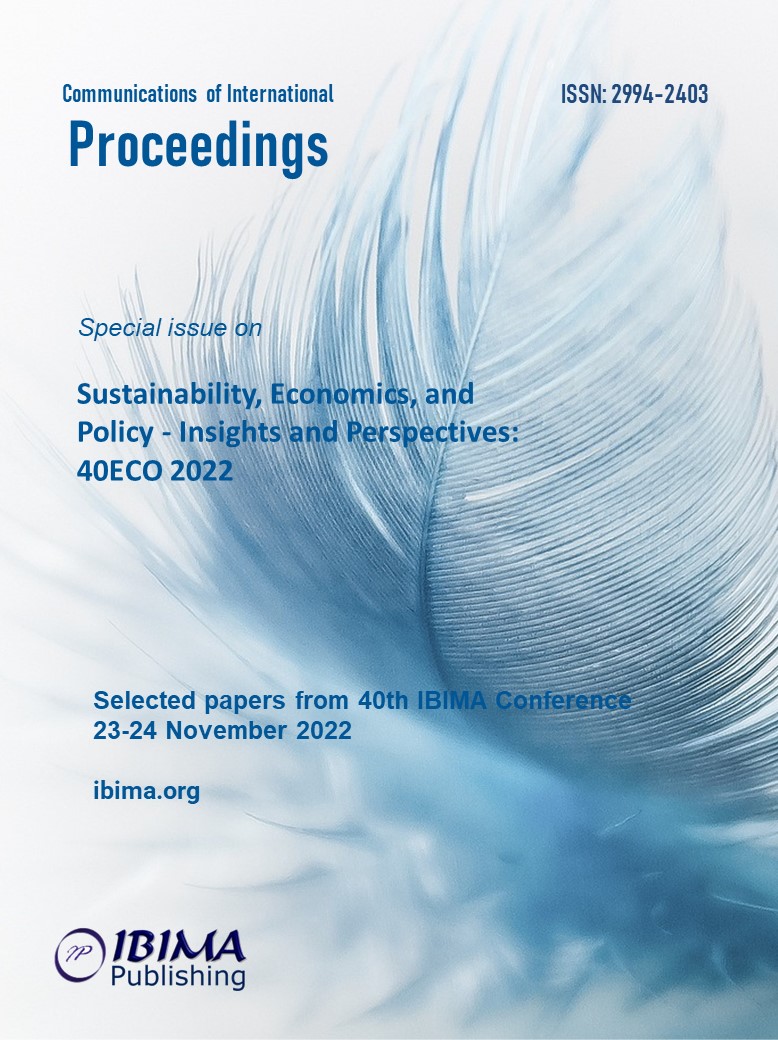
Bogdan Cosmin MOLDOVAN
University of Oradea, Romania

This article analyzes the concept of regional development, in its various approaches and the relationship with the structural funds of EU. Regional economic development is the result of the sustainable use of the economic resources available to a region and is related to the achievement of the desired standard of living in that region. Clearly, there is a direct and positive relationship between the use of structural funds of the European Union and the deepening of regional development, this statement being supported by the analysis of the specialized literature.
The European Cohesion Funds have made a positive contribution to generating economic growth in underdeveloped areas. However, their effect is mainly determined by the successful performance of rural areas near the main congested urban areas. The favourable geography and progressive suburbanisation of rural areas have created new opportunities for rural areas close to cities, thereby increasing the effect of the policy. The quantitative assessment of the social and economic development of a region allows us to establish the changes taking place in this development. This, in turn, reflects the effectiveness of the EU’s Structural and Investment Funds, national programmes and other facilities used in the implementation of regional policy.
The specific approaches of this article are theoretical, but also methodological in nature, with the aim of reviewing recent theories in the field of regional sciences and regional policy analysis models, as well as a study of territorial cohesion and economic and social inequalities that have appeared at the regional level.